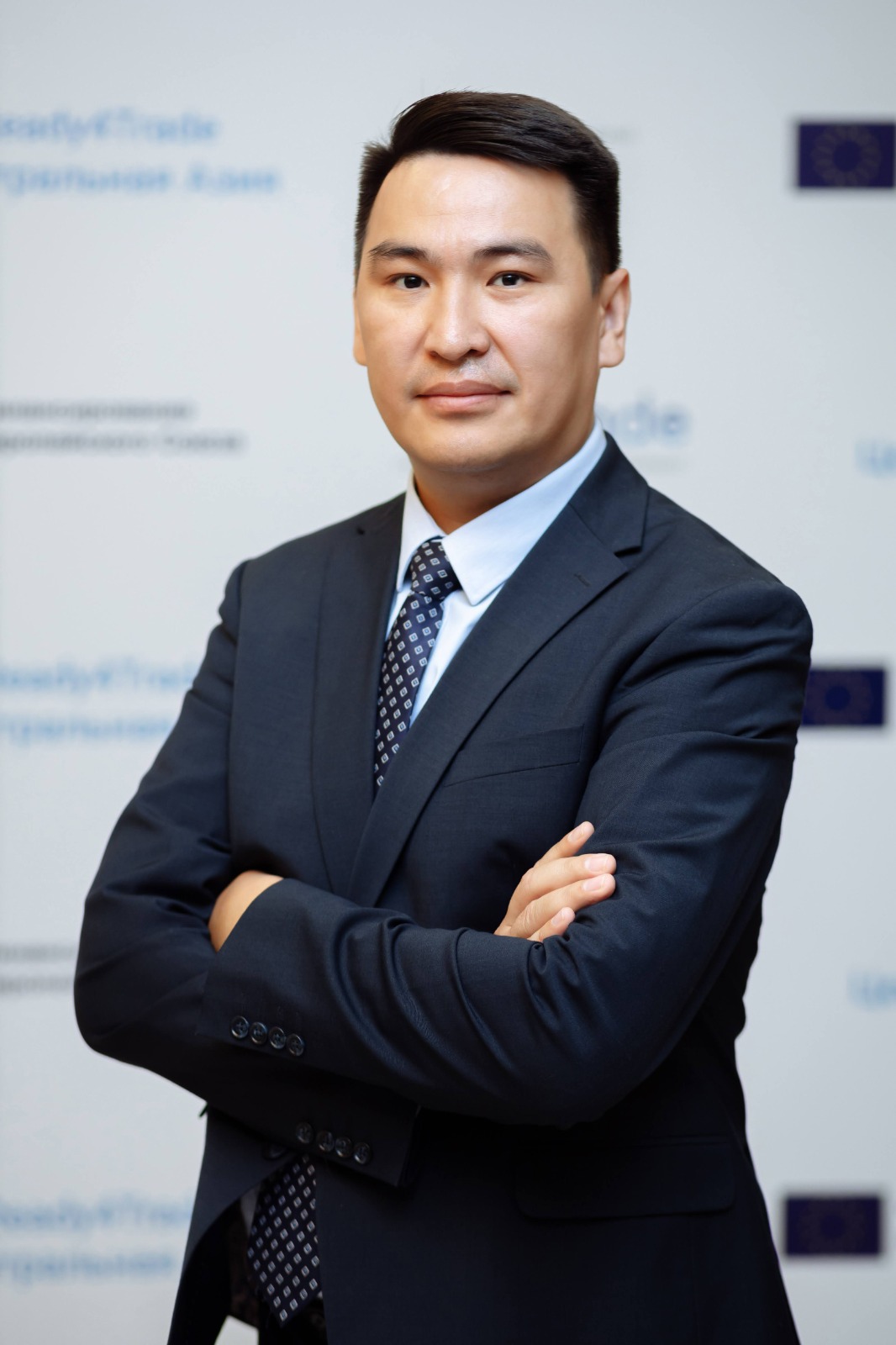The United Nations (UN) Special Program for the Economies of Central Asia (SPECA) turns 25 this year. During this time, the SPECA member countries have fully experienced the benefits of regional integration. Last week’s Baku summit gave a new impetus to the region’s comprehensive development.

Nurlan Kulbatyrov, Deputy General Director of QazTrade Center for Trade Policy Development. Photo credit: QazTrade
The SPECA program helps promote common interests in diversifying transport routes, facilitating trade and transportation procedures, integrating water and energy resources, and digitalization and green transformation in Central Asia and beyond.
The activities of the SPECA program for the economies of Central Asian countries are invaluable amid such global challenges as the COVID-19 pandemic and geopolitical conflicts. Despite the changes in the world, there is steady growth in mutual trade between SPECA countries. Thus, trade turnover between Kazakhstan and the SPECA countries in 2022 reached $9.4 billion, 32.8% higher than the previous year ($7.1 billion). In January-September 2023, trade with SPECA countries reached $6.4 billion.
Trade facilitation
Kazakhstan, advocating the further institutionalization and consolidation of SPECA, was one of the first in the region to conduct an independent assessment of the compliance of Kazakhstan’s regulatory regime with the principles of the UN program.
In particular, the first principle of SPECA provides for including trade in national and sectoral strategies to achieve sustainable development goals. In addition, as part of the reform of the state planning system, Kazakhstan determined that the entire hierarchy of documents ensuring the country’s long and medium-term development should be synchronized with the principles of SPECA.
According to experts, Kazakhstan fulfills most of the principles of sustainable SPECA trade in full and has implemented them nationally. The Central Asian region, remote from key global markets and landlocked, fully supports the growing trend towards digitalization and is ready to take advantage of this momentum. The region’s states are increasingly appearing on the world economic stage. Soon, several Central Asian countries will join the World Trade Organization and become full and active participants in the international trading community.
In June, the Ministry of Trade and Integration of Kazakhstan and the UN Economic Commission for Europe (UNECE) launched a project to assess regulatory and procedural barriers to trade in our country. This ambitious project is a timely response to the current challenges facing Kazakhstan and neighboring countries.
The focus of these projects is trade facilitation. According to experts, the implementation of UNECE recommendations and the transition to paperless trade will lead to a 30% increase in trade turnover in the medium term, and of course, achieving these indicators is a priority for us.
Sustainable transit and connectivity
An important driver for increasing trade flows is the developed transport and logistics infrastructure and services, including international transport corridors that can ensure sustainable exports and capitalize on transit potential.
Due to the restructuring of global logistics chains, the role of the Trans-Caspian International Transport Route (TITR), also known as the Middle Corridor, has increased, becoming a full-fledged alternative to the Northern Corridor. The numbers evidence this. In 2022, there was a twofold increase in the volume of cargo transportation along the Middle Corridor – from 840,000 tons in 2021 to 1.7 million tons. For nine months of 2023, the transshipment volume through the seaports of Aktau and Kuryk amounted to two million tons of cargo, which is 89% higher than in 2022. At the same time, by the end of December this year, the transshipment volume should be 3.5 million tons following the plan.
To strengthen the transit status of the Middle Corridor and expand the activities of the participating states, last year Azerbaijan, Georgia, and Türkiye signed a Roadmap for developing the TITR. The main directions of its development are determined.
Kazakhstan’s transit and export opportunities also depend on the infrastructure capabilities of neighboring countries. In this regard, TITR participants discuss end-to-end tariff formation, cargo declaration, unified IT solutions, and the consolidation of transit cargo.
In addition to developing hard infrastructure in the Caspian trade region, the sustainable and consistent development of soft infrastructure is necessary. This means strengthening trade connectivity, including the digitalization of customs procedures and trade facilitation in general. Thus, in 2022, the Ministry of Trade and Integration of Kazakhstan, together with ITC and QazTrade, for the first time carried out work on documenting trade procedures (export, import, transit) in the Aktau Commercial Sea Port, the Kuryk Port, and the Aktau Sea Northern Terminal.
Kazakhstan, along with the partner countries of the region, will continue to implement the SPECA Program in all directions. Participants have something to offer the world. For 25 years, the Central Asian countries have accumulated a rich interaction experience on topical issues of the regional agenda. The Baku Summit will contribute to further development and strengthen the influence of the participating states not only on the regional but also on the global economy.
The author is Nurlan Kulbatyrov, Deputy General Director of QazTrade Center for Trade Policy Development.
Disclaimer: The views and opinions expressed in this article are those of the author and do not necessarily reflect the position of The Astana Times.

